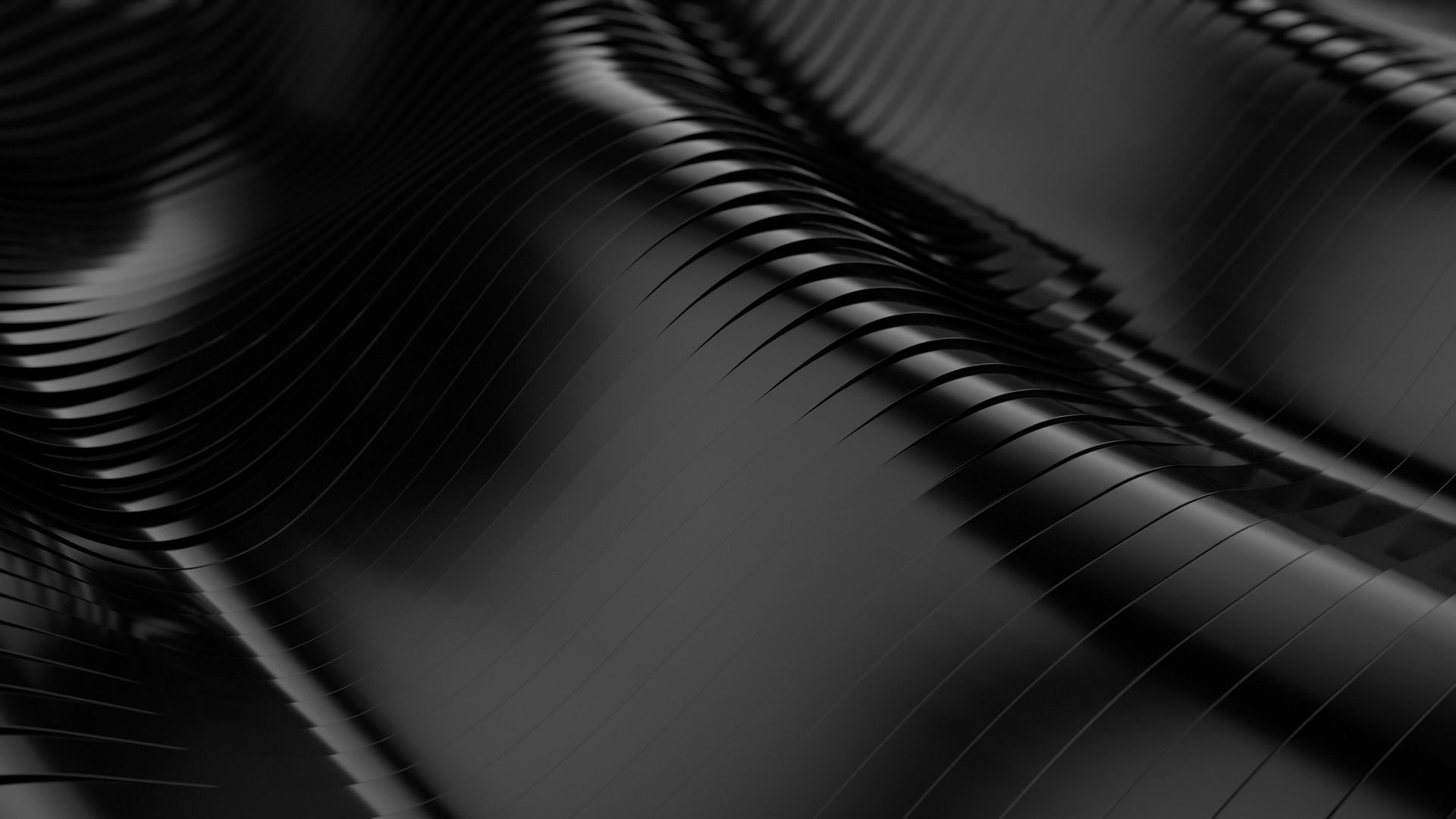
Single Lane Track Automation
Car was trained and tested to drive around the track various times while staying as close to the middle of the track as possible even while making turns.
Strategies used while Collecting Data:
-
The car should stay in the center of the road as much as possible
-
If the car moves towards shoulder, it should recover back to center
-
Driving counter-clockwise helped to generalize the model
-
Data was augmented by flipping the images.
-
More data was collected to train the model to make it more accurate and easy moving.
Pre-processing Data
-
Data set was divided into 2 parts training set and a validation set.
-
The validation set should contain image and steering data that was not used for training.
-
Data was randomly shuffled before splitting into training and validation sets.
-
A rule of thumb used, 80% of your data for training and 20% for validation.
-
The training set and a validation set were compared to gain the accuracy of the model.
-
Model made good predictions on both the training and validation sets.
-
The implication is that when the network sees an image, it successfully predicted what angle was being driven at that moment.
Multiple Camera Work
-
The simulator captured images from three cameras mounted on the car: a center, right and left camera.
-
This image shows a bird's-eye perspective of the car.
-
During training, data was feed the left and right camera images to model as if they were coming from the center camera.
-
This way, model was trained to steer if the car drifts off to the left or the right.
-
During prediction (i.e. "autonomous mode"), prediction was done with the center camera image.